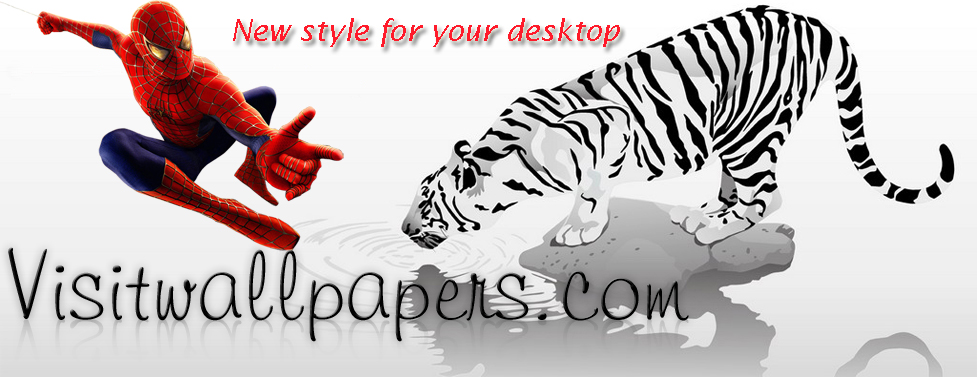paris_2024_98
Stade de France - Para athletics - PARA
Para athletics is synonymous with dizzyingly high figures. The Olympic Games may comprise two 100m finals (one for men and one for women), but the Rio 2016 Paralympic Games had a grand total of 30 (16 for men and 14 for women) due to the number of impairment classifications. Athletics is a sport open to all physical, vision and intellectual impairment classifications. There is no denying its success, as more and more athletes take part in the Paralympic Games each time.
Wheelchair athletics emerged in 1952, when athletes with spinal cord injuries took part in a javelin event as part of the Stoke Mandeville Games. Athletics was one of the first sports – out of a total of eight – to be added to the Paralympic programme at the Rome 1960 Games. It spans a wide range of track events (excluding obstacle races and walking events), jumping events (excluding the pole vault), throwing events (excluding the hammer throw) and, of course, the blue-ribbon road event: the marathon (since 1984).
Depending on their impairment classification, athletes can compete using a wheelchair (with three wheels), prostheses or a throwing seat. Depending on their level of impairment, vision impaired athletes can be accompanied by a guide-runner for races or guided by a coach for throwing and jumping events. However, not all impairment classifications are eligible to compete in all the events.
|
|


